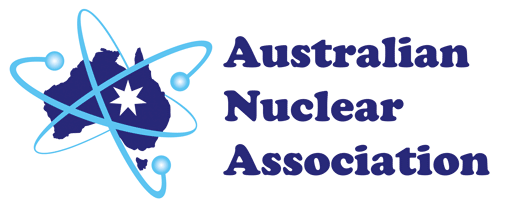Q: Could an accident like Fukushima happen again?
A: Not only were all existing reactors updated to account for a Fukushima-type situation, but new reactors have those improvements built in.
Nuclear safety continuously improves with each generation of reactor technology by incorporating lessons from past events. Modern nuclear plants are designed with multiple layers of redundant safety systems so that even if one system fails, others prevent an accident.
After the Fukushima Daiichi accident in 2011, which happened when a tsunami disabled the older plant’s cooling systems, nuclear operators and regulators worldwide conducted comprehensive stress tests and upgrades. They reassessed external hazards like earthquakes and flooding, reinforced backup power and cooling, and improved emergency preparedness.[1]
According to the International Atomic Energy Agency (IAEA), “many safety improvements have been developed and are being continuously implemented” in the decade since Fukushima. Existing reactors were retrofitted with additional safety equipment (such as portable pumps and generators under the FLEX strategy in the U.S.) and hardened against extreme events, and new reactor designs were scrutinised to ensure even greater margins of safety. Modern reactors, which would be the types considered for any future Australian nuclear program, have advanced safety features far beyond earlier generations. For example, automatic cooling systems are now common. This means a modern reactor can automatically cool itself and shut down safely without operator action or external electricity supply, even in the case of a total power outage. The Westinghouse AP1000 design, for instance, uses gravity-driven water flow and air cooling to remove heat for at least 72 hours with no pumps or diesel generators.

